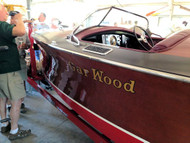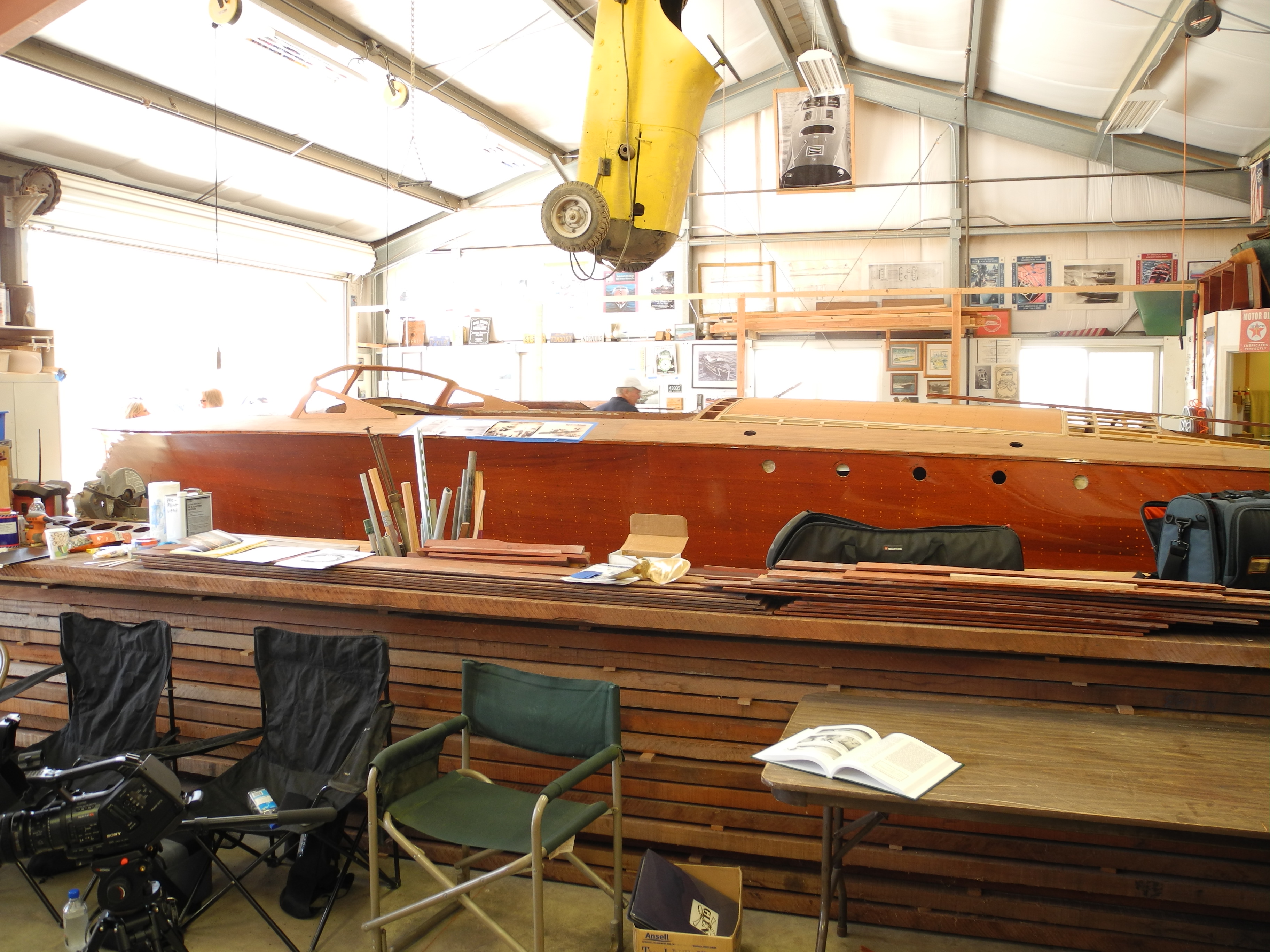ACBS Workshop Stuff We Learned
Posted by Gayle Brantuk on Jul 3rd 2013
As mentioned in my previous post, the Antique & Classic Boat Society workshop that John & I went to last weekend was a wonderful event and we learned a whole lot. I've just listed some bullet points below of some things that may be interesting or helpful to you in your boat building project.
- In classic boats, the stems are made of solid wood and Robinson Restoration has invested in a big stack of mahogany that's about 2" thick and pretty wide for this purpose. That size material is very difficult to come by any more, so that's another benefit of building a new boat as you can use laminated plywood for the stem to get the required thickness.
- They check the moisture content of the wood used in restoration with a moisture meter. They recommend a moisture content in California of 6 percent for the hull because of our dry climate. The decks can be even drier as they have more direct exposure to the sun.
- John Maddox talked about replacing some of the underwater hardware and highly recommends Aero Kroil penetrating oil for removing stuck parts.
- Kirby paints are frequently used for boat restoration as they specialize in old school colors. You can find them on their site here.
- A great resource for classic boat parts and hardware is Jim Staib of FineWoodBoats.com. Jim has original Chris Craft, Hacker-Craft, Garwood and hardware such as steering wheels (you need to click the image placeholder to see the photo), windshield brackets, chocks, lift eyes, step plates, hatch vents, etc.
At the very end of the day, one of our members pre-arranged to have his boat re-varnished as a learning experience for the group. Russ has a Garwood and it just needed a coat of varnish to freshen it up. The Robinson's varnish of choice is Epifanes (available from Glen-L) and the wood finish gloss was used and thinned about 10-15%. The rub rails and other hardware as well as the painted surface were covered with tape and paper to protect them. The surface was first lightly rubbed with 3M Scotch Brite Maroon pads and then wiped down with solvent to clean any debris off. The guys took turns applying the varnish. One rolled it on and the other tipped it to knock down any bubbles. John took some video below and it sure makes it look simple. Brian gave a few tips which is quite valuable coming from a guy who restores classic boats. Enjoy the video...

